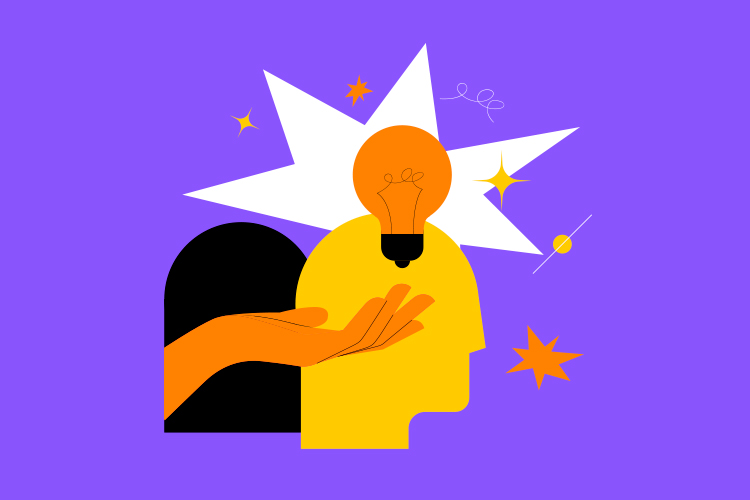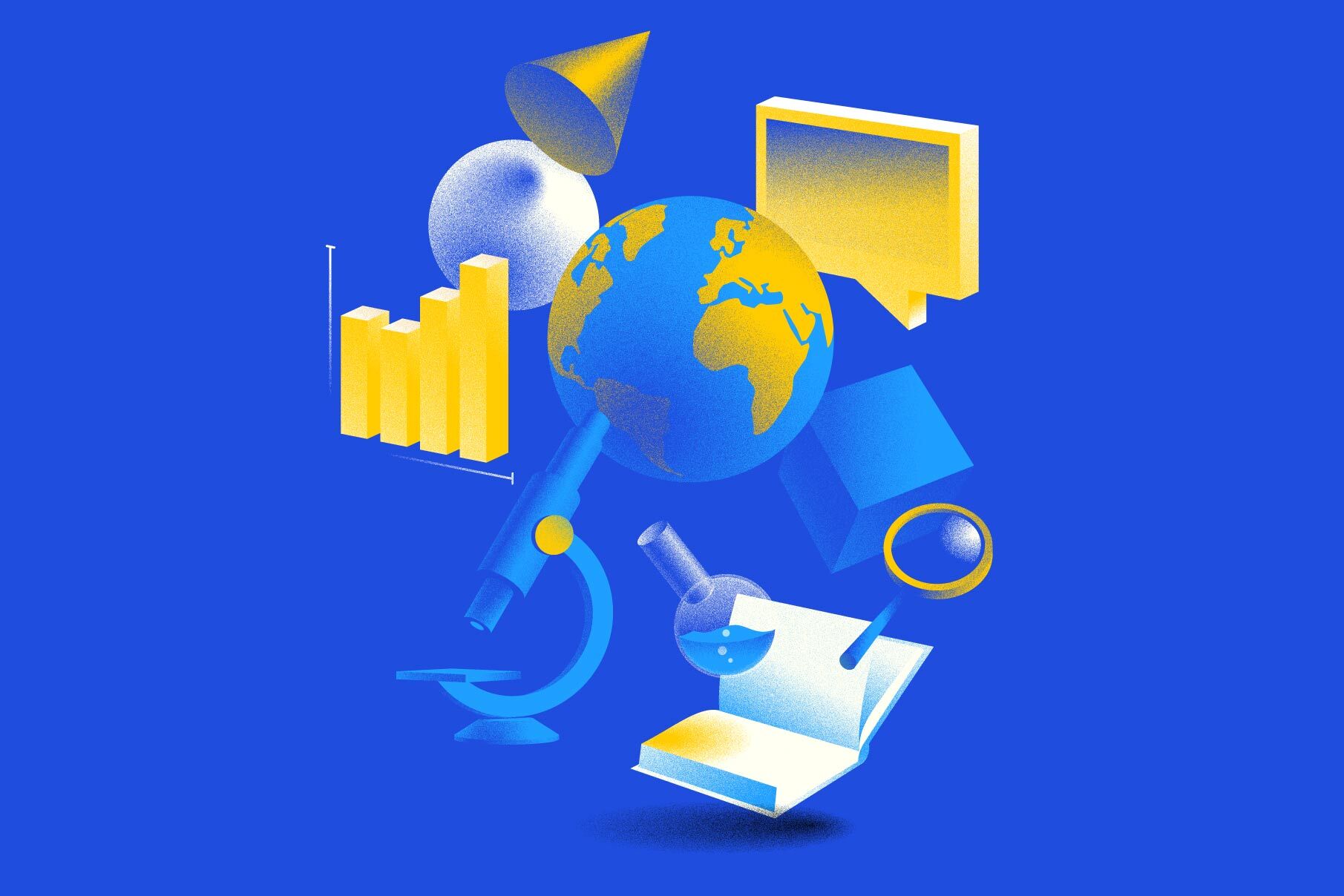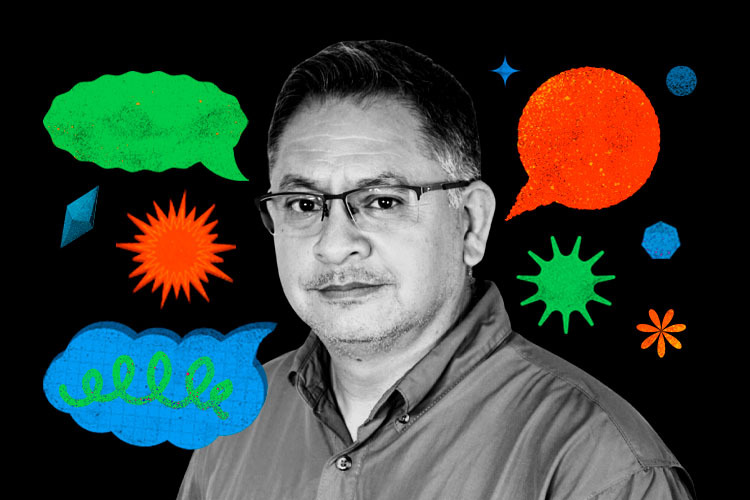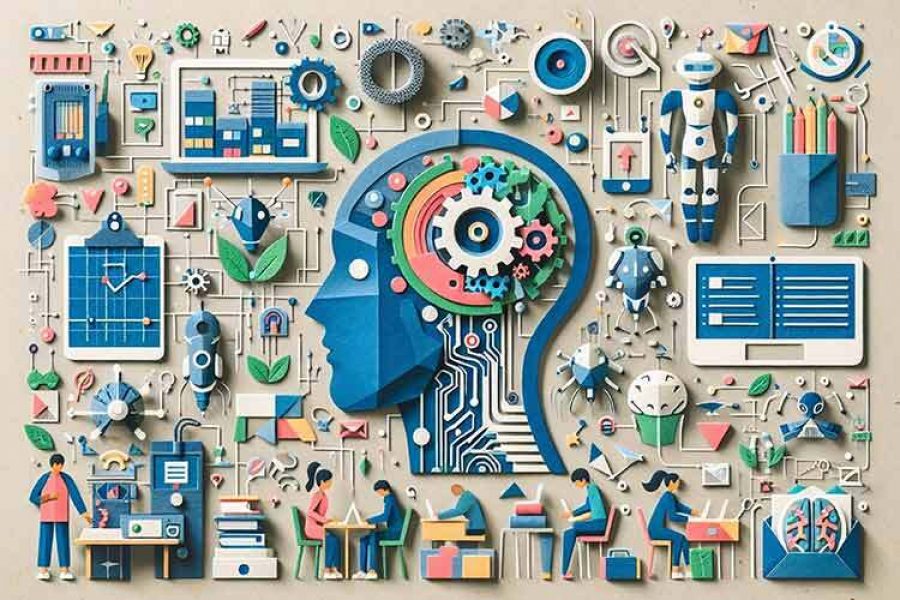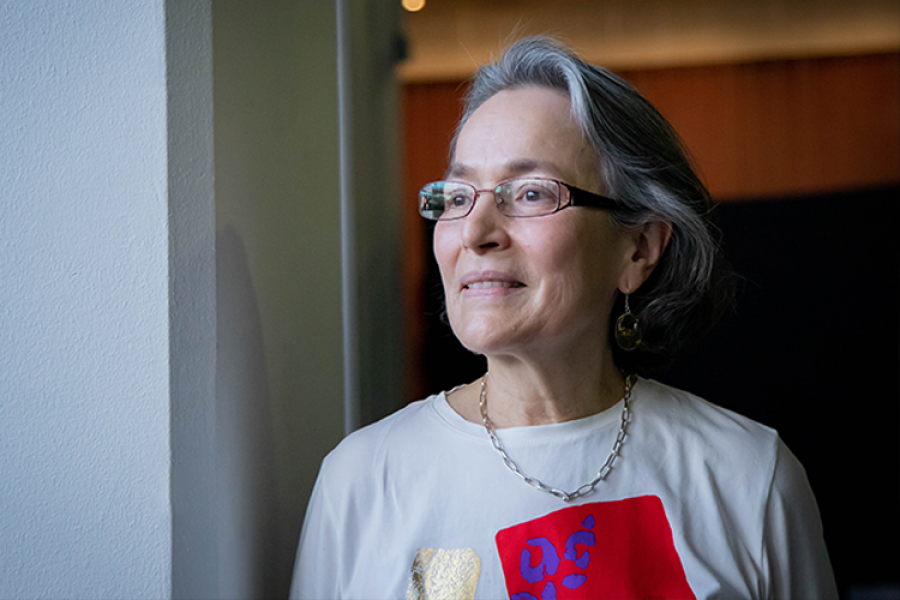According to data from the National Institute of Statistic and Geography (INEGI, in Spanish), more than a third (36.1%) of the Mexican population took classes outside the classroom during the pandemic, which raises the question: Could future education also take place outside the classroom?
Sandra Gudiño, Director of Education at Tec de Monterrey’s School of Humanities and Education, was a member of the research team that published the article New Alignments for the Digital Age: Insights into Connected Learning.
In this work, she and a group of international experts concluded that education does not have to take place in a formal setting and can take into account other non-traditional factors, which they called “connected learning.”
According to Gudiño, this learning is a combination of individual interests, personal relationships, and other cultural aspects, as well as considering learning spaces outside the classroom, such as online education.
“This generation of future professionals requires much more stimulation. As global teachers, we must be much better prepared and capable of learning and innovating,” says Gudiño in an interview with TecScience.
What is connected learning?
According to the United Nations Educational, Scientific, and Cultural Organization (UNESCO), by stopping in-person classes for over 1.5 billion students, the pandemic led to increased access to online spaces and information, as well as accelerating changes in teaching methods.
Sandra Gudiño says that connected learning is not restricted to physical locations such as classrooms, but can also occur in informal settings and outside of schools.
“Connected learning does not reduce learning to a phenomenon that occurs exclusively in the restricted spaces of formal education, neither does it focus exclusively on the online learning phenomenon,” states the article that Gudiño contributed to.
The professor highlights the significance of the so-called “Hidden Curriculum,” a collection of beliefs and experiences that are passed down outside of formal classes or through events that were previously considered extracurricular.
A young person, for example, can learn to play a musical instrument at home, encouraged by parents who are musicians, without the need for a formal structure to explore and improve his or her musical skills.
She also mentions that online education has proven to be effective, resulting in an increase in the number of Massive Open Online Courses (MOOCs).
Understanding new ways of learning
Sandra Gudiño adds that this learning style is an opportunity to promote educational activities outside the classroom, with greater flexibility in how and when to learn.
“One of the most significant advances, but also one of the most difficult challenges, is flexibility. Giving each person a personalized course in their educational path is a tremendous administrative task, but I think it is a great advance that people may learn wherever and whenever they choose”, she says.
This learning method also allows teachers to understand students’ academic needs and emotional and personal factors that can improve their learning processes.
“Today, we know that it is worth very little for a person to be the repository of a great wealth of knowledge if they cannot communicate it to a large audience, to convey it, and, above all, apply it,” Gudiño argues.
Transversal competencies
Mildred López Cabrera, Academic Dean at the TecSalud School of Medicine and Health Sciences, observes that today’s students are becoming more active and interested in their own learning.
López points out that transversal competencies give today’s university students an advantage when entering the job market.
Micro-credentials are another key development in current and future schooling. Instead of a university degree that leads to a full professional career, this method of education aims to give credentials based on a set of abilities that students learn in less time.
“Previously, you arrived (at school) and teachers provided questions. Students got prepared for exam questions, ensuring the minimum amount of learning. Now it’s like an amusement park, where you can ride anything you choose. Today, you have the opportunity to learn in depth as much as possible,” says López.



